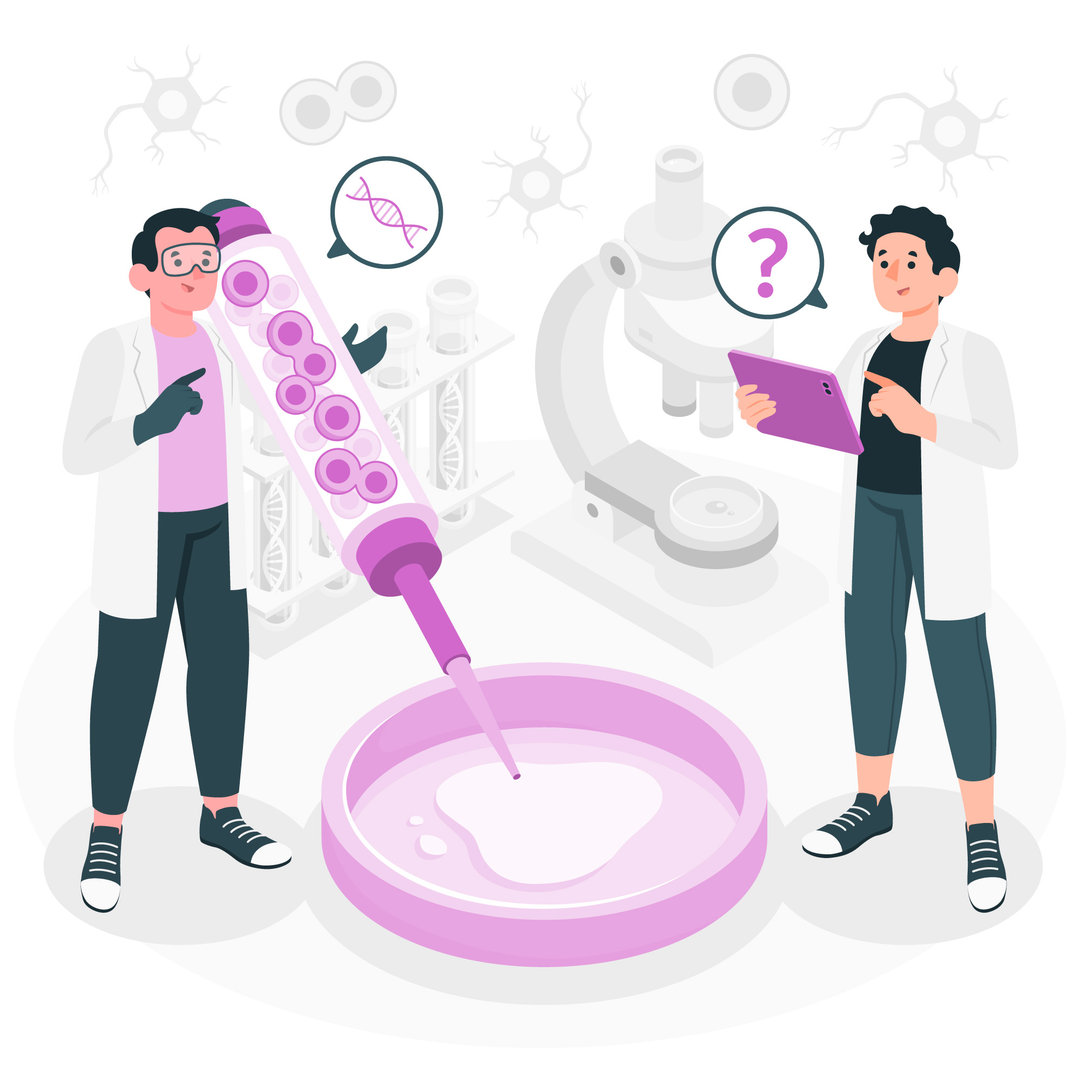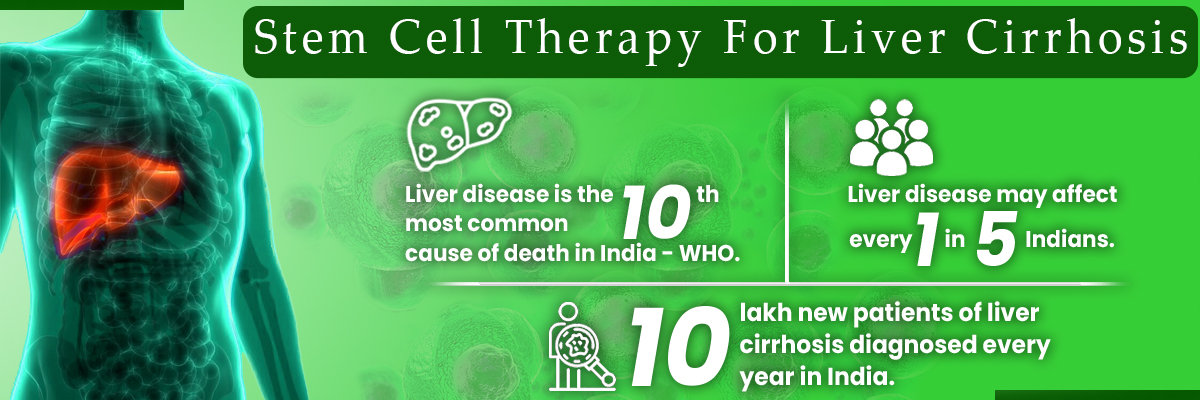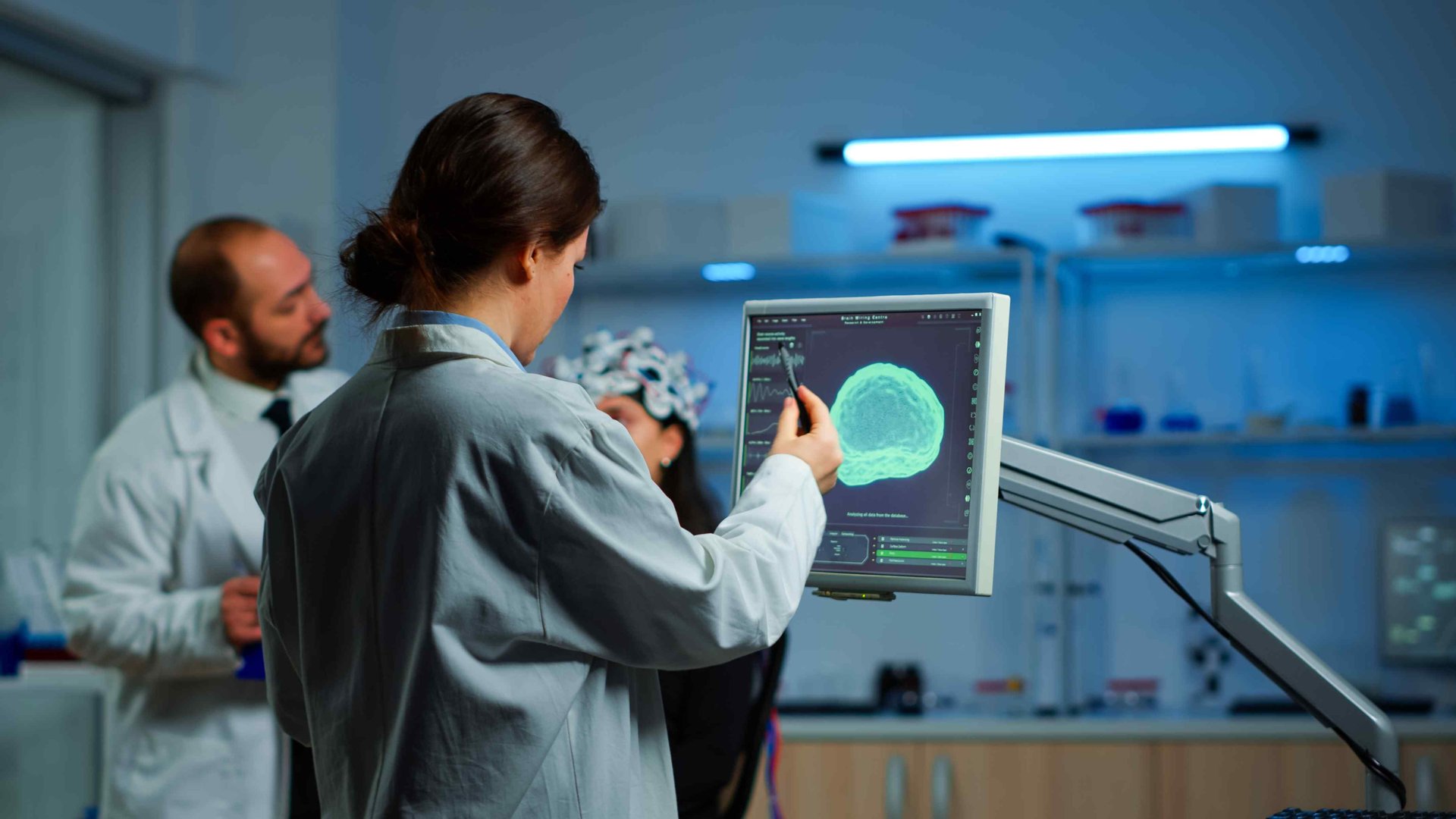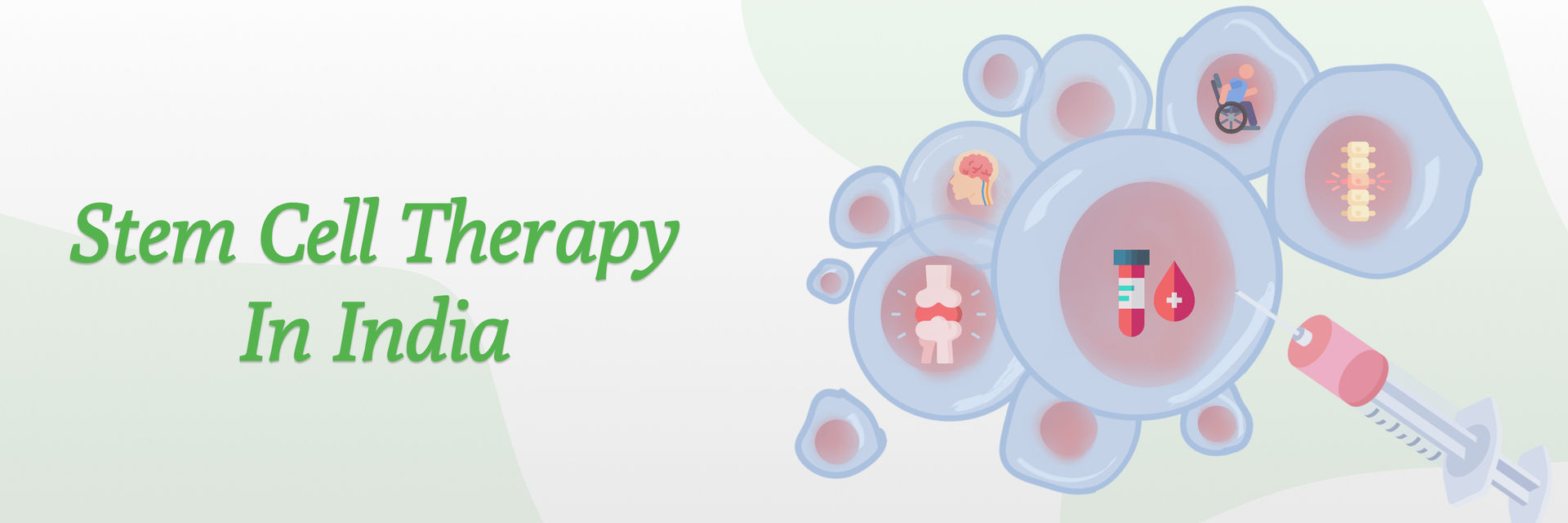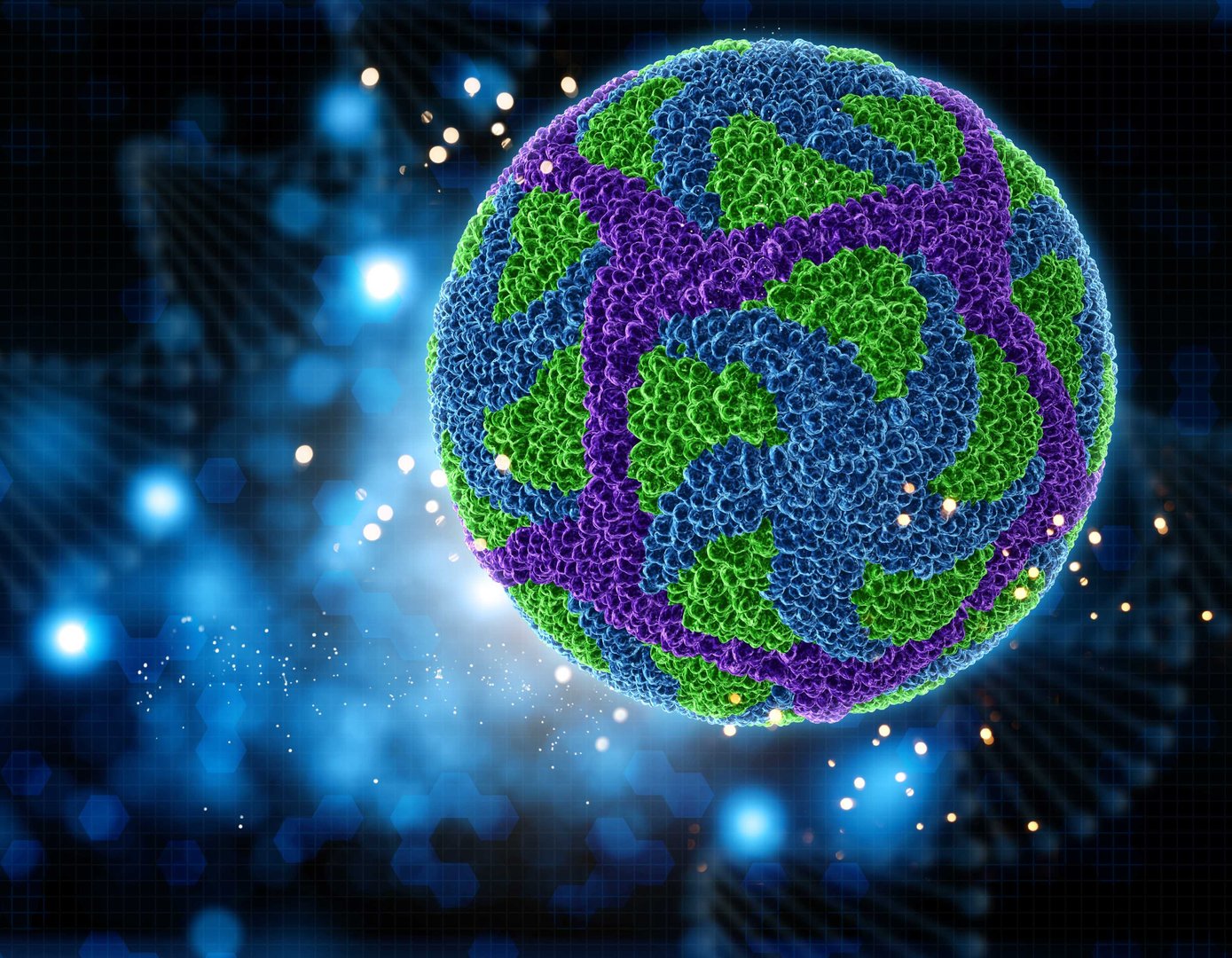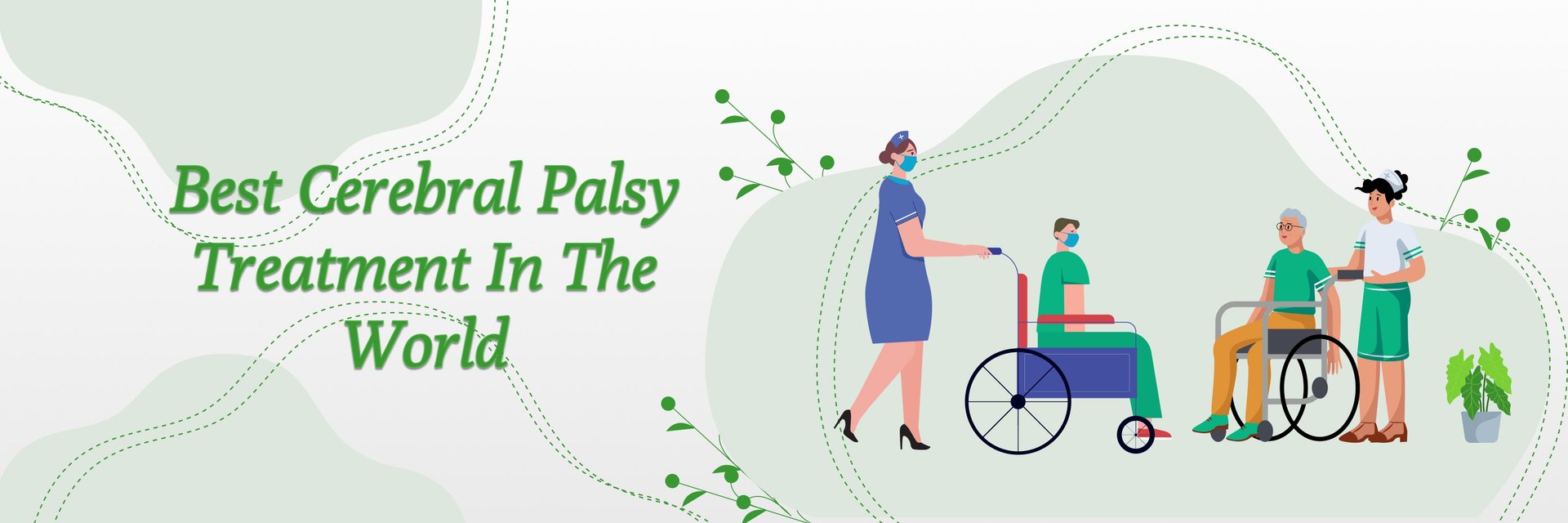Introduction
Dry eye disease is becoming one of the most common eye problems today, affecting millions worldwide. It occurs when the eyes cannot produce sufficient quality tears, resulting in discomfort, irritation, and potentially, long-term corneal disease if left untreated. While regular eye drops for dry eye, artificial tears, or other eye medicine give temporary relief, they don’t solve the root cause. Connect with the best medical professionals to learn more in-depth about the treatment. With growing interest in Stem Cell Research, new treatments using stem cell therapy are now being explored as a more advanced and long-lasting eye treatment option.
What is Dry Eye Disease?
Dry eye disease is perhaps one of the most prevalent eye issues individuals experience these days, with extended screen time, aging, or even post-certain eye surgery operations. Essentially, the condition occurs when your eyes are not able to produce sufficient tears or the tears evaporate too rapidly, resulting in irritation, redness, blurry vision, and pain at times. Many patients describe it as having sand stuck in the eyes all the time. While it may sound like a small issue, untreated dry eye can cause more serious corneal disease, because the surface of the eye gets damaged without enough lubrication. If you find out the causes of dry eyes, they vary from age, hormonal imbalance, autoimmune disorders, to environmental causes such as dust, smoke, and prolonged use of air conditioning.
If you are actually considering stem cell therapy as a viable option, then book an online doctor consultation on our platform in just minutes.
Individuals usually begin with artificial tears or over-the-counter eye drops for dry eye sold in pharmacies, but these are temporary remedies. Actually, physicians today advise that chronic dry eyes are not merely discomfort but a long-term eye therapy problem in need of proper management. It is for this reason that scientists have been exploring newer treatments, and Stem Cell Research today is unfolding new avenues that might prove to be more efficient than usual eye medicine or anti-inflammatory eye drops.
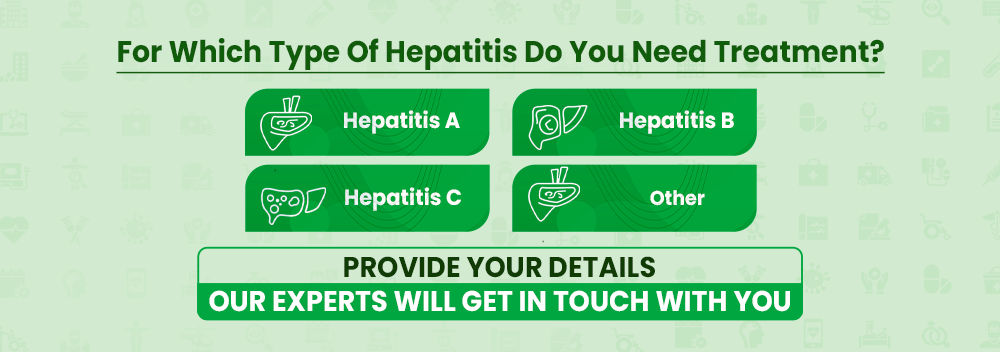
Risk Factor In Stem Cell Treatment
When we discuss risk factors, it is not one or two. The main culprit here is aging, as tear production decreases with people's advancing age. Women, particularly during the time of menopause, are at greater risk due to hormonal fluctuations. Patients suffering from conditions such as rheumatoid arthritis, lupus, and other autoimmune diseases tend to experience dry eyes more frequently. Other medications like antihistamines, antidepressants, and blood pressure medication also induce decreased tear secretion, and eye drops become a daily requirement.
Lifestyle is another often-neglected aspect. Excessive screen time lowers the frequency of blinking, resulting in more rapid evaporation of tears. Contact lens users, smokers, or individuals residing in dry regions are more likely to get dry eye syndrome. Even procedures such as LASIK or cataract eye surgery can leave patients with ongoing dryness. These dry eye causes make it a condition that affects a vast population, and the need for efficient eye treatment has only increased.
Current Treatment Options For Dry Eyes
Treatment thus far is primarily based on symptomatic relief. Most individuals begin with eye drops for dry eye or artificial tears that lubricate the eyes. For individuals with more severe dry eye, physicians will prescribe anti-inflammatory eye drops or other prescription eye medications to decrease irritation and inflammation. In certain instances, punctal plugs (small devices placed inside tear ducts) are inserted to decrease tear drainage, allowing natural moisture to persist longer.
Sufferers of chronic underlying corneal disease will also require customized eye treatment regimens, including surgery if needed. The reality, however, is that the majority of the treatments that are available today are only temporary remedies. Yes, eye drops provide temporary relief, yet patients are left to have bottles of eye drops for dry eye daily without a true cure. And since this cycle goes on and on, scientists have begun to ask the question of questions—what if we can fix or grow back the culprit cells of the eye itself, rather than simply covering it up? That's where the potential for stem cell therapies is arising in clinical studies.
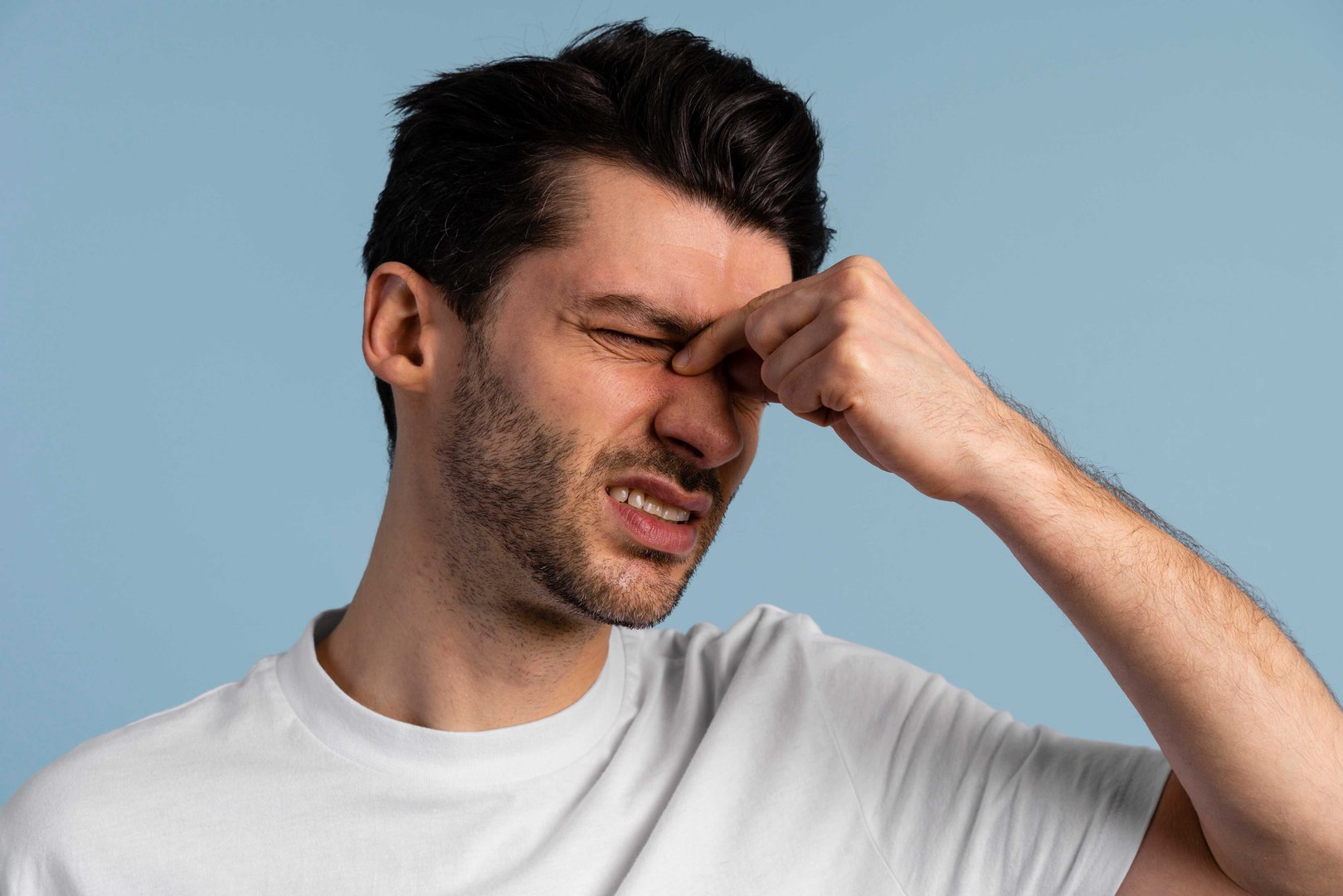
Why Consider Stem Cell Therapy For Dry Eyes
There is conventional eye medicine that only controls symptoms, but it doesn't address the underlying cause—cell damage or dysfunction in the ocular surface. The concept of using stem cell therapy is to take it a step further, not merely lubricating the eye but repairing the tissues themselves that facilitate tear production and a healthy cornea. Since Stem Cell Research has already benefited in treating other eye conditions such as corneal injuries and degenerative corneal disease, it's only natural to consider applying the same treatment for dry eyes.
Further, patients with advanced diseases, particularly those who are resistant to all standard eye drops for dry eye and artificial tears, have nearly no choice but to live in discomfort. For them, stem cell treatment holds promise. Researchers are already testing stem cell–based eye drops that don't just moisten but also provide regenerative factors right to the eye. Think of instead of simply purchasing lubricating eye drops, you might receive eye drops for dry eye that actually repair. Because of this, the demand for treatments such as stem transplant, stem cell donation, and long-term stem cell storage has been on the rise.
Types Of Stem Cells Used
There are various methods when it comes to stem cells and treatments related to the eyes. One type that has been widely studied is limbal stem cells, which naturally occur in the eye at the cornea margin. They have an enormous function to keep the cornea in good condition. For those patients with limbal stem cell deficiency following injury or chronic inflammation, these cells can be transplanted. A second potentially useful candidate is mesenchymal stem cells, which can be obtained from bone marrow or fat tissues, and have anti-inflammatory properties.
Some clinical research studies have tested the use of umbilical cord–derived stem cells for eye therapies. The idea is to utilize these stem cells to regenerate ocular tissues that are lost due to damage and also to decrease inflammation. Companies are developing eye drops based on stem cells instead of surgical methods, making it less invasive. Along with this, the expansion of the stem cell storage business and individuals deciding to preserve stem cells guarantees that in the future, patients can even utilize their own preserved cells for custom eye care.
How Stem Cells Work In Dry Eyes Treatment
The process is interesting. Stem cells, being of their nature, can differentiate into other types of cells and secrete growth factors that suppress inflammation and promote healing. In dry eye treatment, they are applied to affected tissues in the ocular surface and assist in normalizing tear secretion. Mesenchymal stem cells, for instance, not only behave as anti-inflammatory drugs but also enhance the eye's microenvironment, which would otherwise be perturbed in long-standing dryness.
Some have employed direct injections, and others are experimenting with stem-cell-derived eye drops for dry eye. Both procedures are designed to promote healing in the glands and the corneal epithelium. The thing that sets this procedure aside from regular eye drops or anti-inflammatory eye drops is the fact that it operates biologically as opposed to simply lubricating. Imagine going from "hiding the symptom" to "curing the disease." Although we are in the initial stages of clinical trials, the promise here is something ophthalmologists could not even dream of 20 years ago. The best stem cell doctors in India provide the most exclusive treatment, increasing the success rate of the treatment.
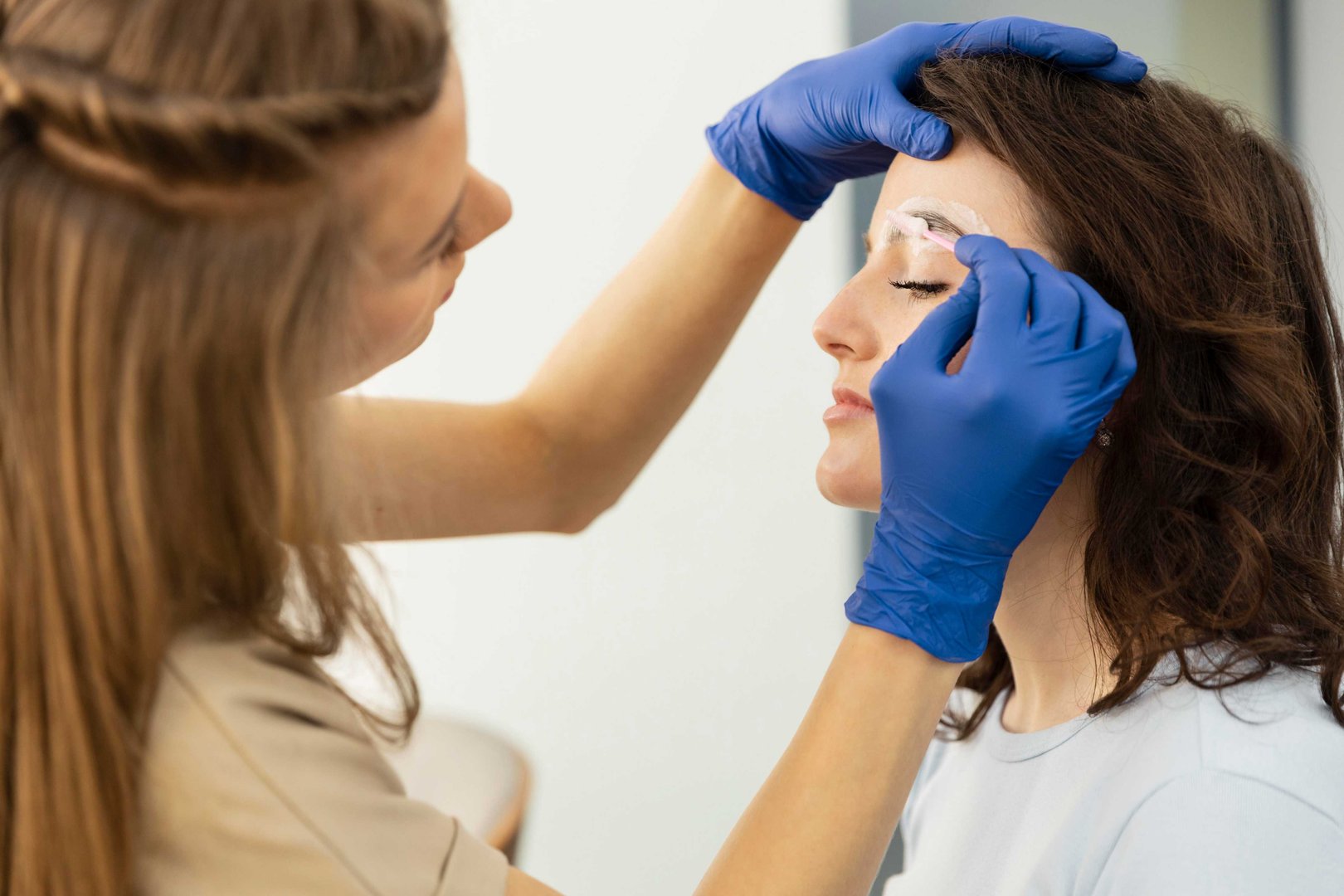
Benefits Of Treatment
The advantages are very encouraging based on initial findings. Stem-cell-treated patients indicate less inflammation, less reliance on eye drops for dry eye, and generally improved comfort with vision. In contrast to artificial tears that must be reapplied continually, stem cells assist in long-term healing. This translates into fewer trips to the drugstore and perhaps eliminating repetitive use of eye medication.
Another advantage is that stem cell therapy can assist patients with serious corneal disease who otherwise have no alternative but eye surgery. In improving regeneration and decreasing inflammation naturally, this method reduces the risk of complications. Stem cell–based eye treatment is less invasive than repeat surgeries, which makes it future-proof. And true enough, the fact that this is from advanced Stem Cell Research means that with time, we will have increasingly refined techniques, possibly even customized treatments using one's own stored cells from stem cell storage.
Risks & Limitations
Like any medical breakthrough, stem cell treatment for dry eyes is not risk-free. The largest difficulty is that we are in the preliminary stages of clinical research, and outcomes differ. Not all patients react similarly, and some treatments will need to be repeated. There is also the potential for infection, rejection, or complications if a stem transplant is performed improperly. Another limitation is expense, as it is much more costly than regular eye drops or even eye surgery.
Additionally, regulatory sanctions are still in progress. Although Stem Cell Research has yielded positive results, not every study has progressed to wide acceptance. Patients must also watch out for unregulated clinics claiming miracle treatments. The fact is, this is promising but still underway. So, although it might replace frequent use of eye drops for dry eye, it is not an assured cure yet.
Cost Comparison Of Treatments
| Treatment | Average Cost | Effectiveness |
| Artificial Tears / Eye drops | Rs. 200 to Rs. 800/ per month | Temporary relief, daily use needed |
| Prescription eye medicine | Rs. 1500 to Rs. 4000/ per month | Reduces inflammation, not permanent |
| Minor eye surgery / Punctual Plugs | Rs. 10,000 to Rs. 30,000 | Semi-permanent, months to years |
| Stem cell therapy | Rs. 200,000 to Rs. 600,000 | Long term repair, still under criminal research |
| Stem cell storage | Rs. 50,000 to Rs. 150,000 + annual fees | Future use, personalized therapy |
Future Scope Of Treatment
The future of eye care is promising with stem cell technology. Current clinical trials are now experimenting with bioengineered corneas, stem cell–derived eye drops, and even combined therapy with gene editing. As Stem Cell Research continues to advance, the likelihood of stem cell–based solutions becoming less expensive and easily accessible is high. The practice of stem cell storage and stem cell preservation will also grow, as more individuals recognize the advantage of storing cells today for application tomorrow.
We are also likely to see regulatory bodies approving more stem-cell-based therapies in the next decade. That means moving from experimental labs into mainstream eye clinics. This would change the way patients look at eye problems, from temporary fixes to regenerative healing. Imagine a time when eye medicine doesn’t just mean drops and pills but actual biological repair solutions—it’s not too far away.
Summary
Dry eye disease is not only irritation—there is an associated condition with several eye issues, severe dry eye causes, and even potential for corneal disease if not treated. Although modern eye treatment largely hinges on eye drops for dry eye, artificial tears, and, in some cases, eye surgery, these are temporary measures. Stem Cell Research is providing us with a new avenue, where stem cell therapy actually repairs and regenerates damaged tissues.
Yes, there are dangers and restraints, and the cost of stem cell storage or stem cell preservation is more expensive than mere eye drops. But balanced against the hope of actual healing, fewer side effects, and sustained comfort, the prospects are rosy. As clinical trials increase and treatments become more widely available, stem cell therapy for dry eyes may transition from experimental to routine treatment. At present, it is one of the most promising frontiers of contemporary eye medicine.
